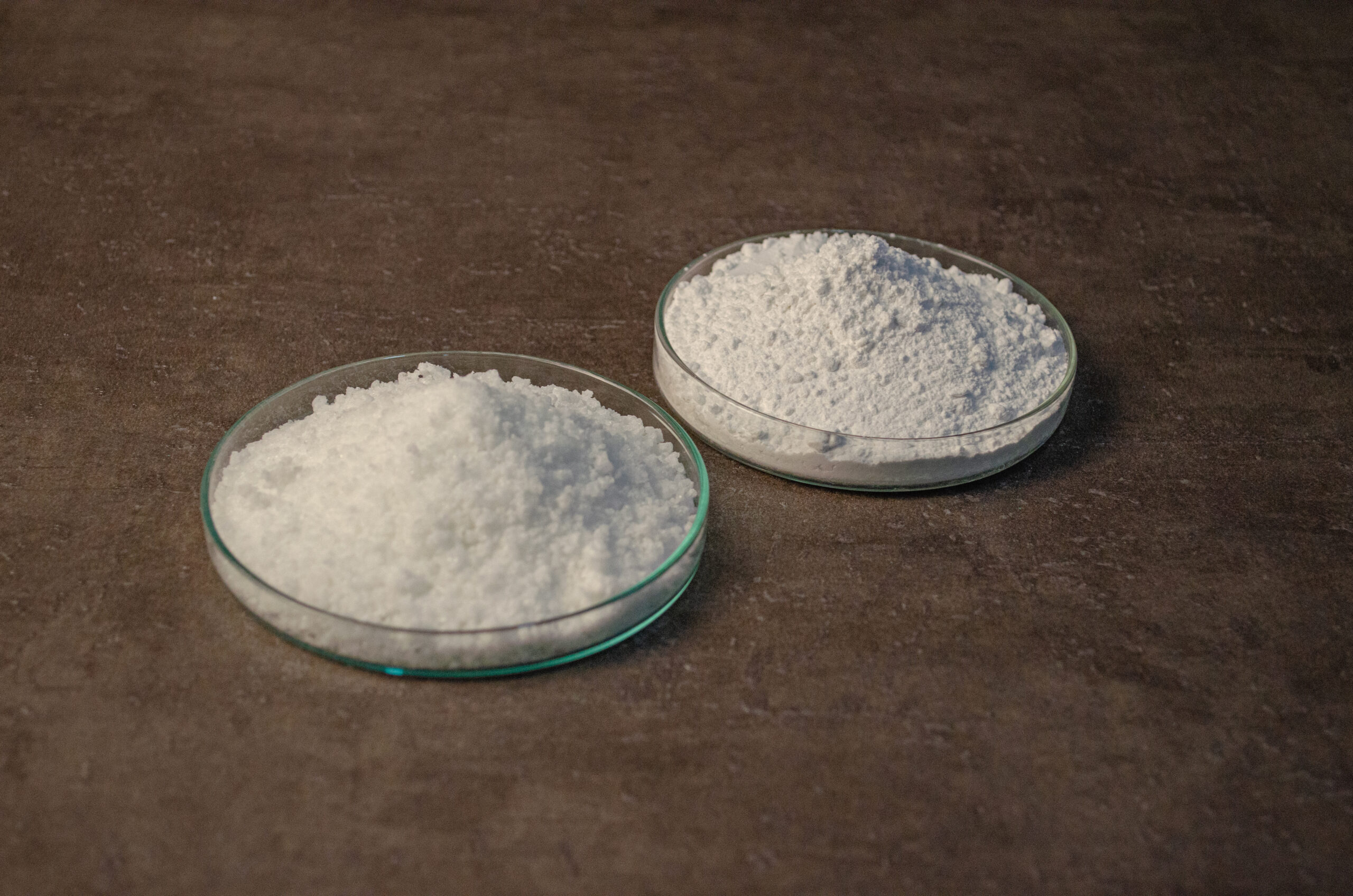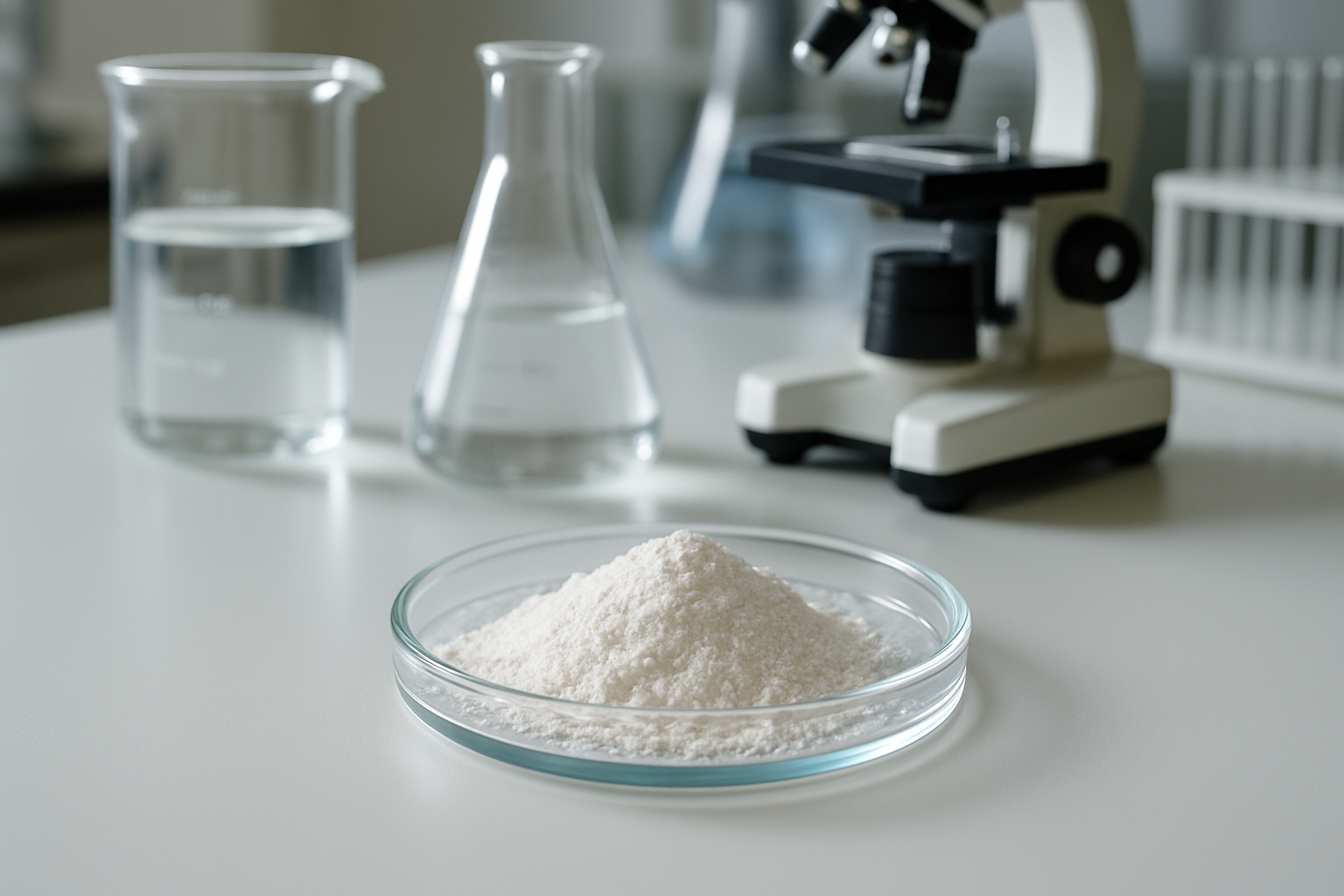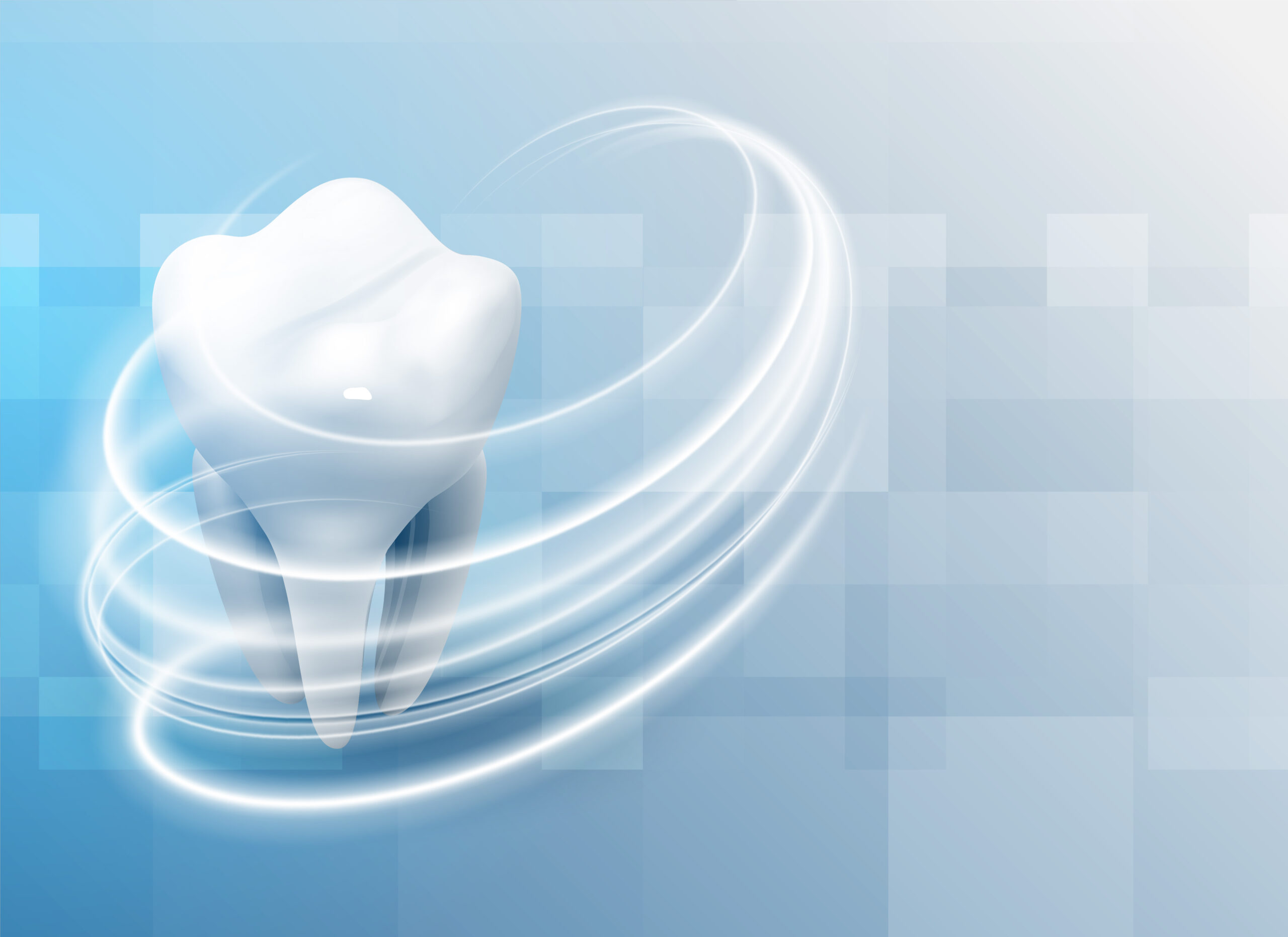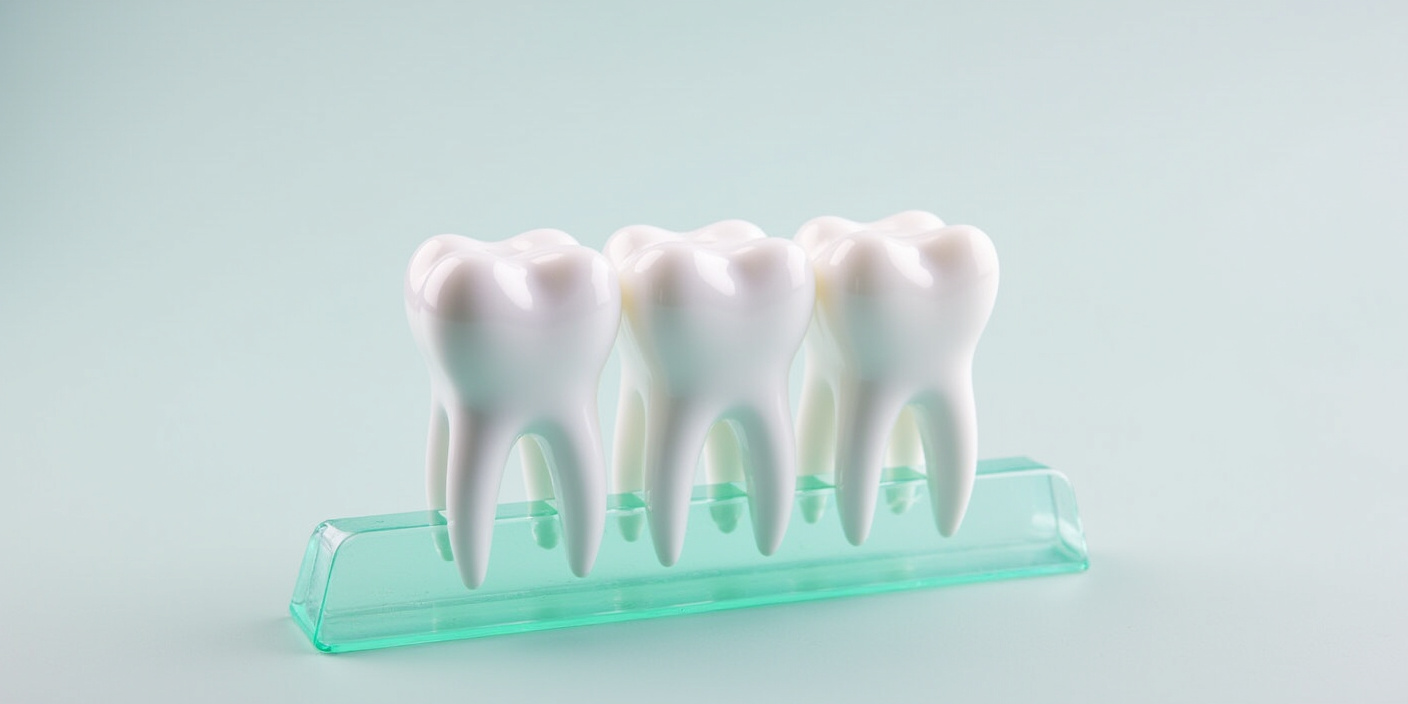Frequent bacterial infiltration of bone tissue results in osteomyelitis, a severe bone infection that causes inflammation, destruction, and necrosis in chronic cases. Usually, a combination of antibiotics and surgery is used to treat osteomyelitis, but these methods don’t always work as well. For persistent or complicated infections, innovative materials like bioactive glass S53P4 are showing immense potential in transforming the treatment landscape, offering both antimicrobial properties and promoting bone healing.
What is Bioactive Glass S53P4?
In the medical field, bioactive glass S53P4 has drawn a lot of interest because of its potential applications in infection prevention and bone repair. A combination of silica (SiO₂), calcium oxide (CaO), sodium oxide (NaO), and phosphorus pentoxide (P₂O₅) are present in this particular form of bioactive glass. After being implanted, S53P4 bioactive glass interacts with the body’s tissues to promote bone growth and release ions that help combat bacterial infections.
How Does Bioactive Glass S53P4 Work in Osteomyelitis?
- Antibacterial Action: The intrinsic antibacterial qualities of S53P4 bioactive glass are a major factor in its remarkable efficacy in treating osteomyelitis. Beneficial ions, particularly calcium, phosphate, and silica, are released when bioactive glass comes into contact with bodily fluids. It has been demonstrated that these ions break down bacterial cell walls and prevent bacterial growth. When treating osteomyelitis, which is frequently localized within the bone and challenging to reach with conventional systemic antibiotics, this is extremely helpful.
S53P4’s distinct ion release profile minimizes systemic side effects and eliminates the need for long-term antibiotic therapy by directly targeting the bacteria at the site of infection. The glass has shown efficacy against a range of bacterial strains, including Gram-positive and Gram-negative bacteria like Escherichia coli and Staphylococcus aureus that are frequently responsible for osteomyelitis.
- Promotes Bone Regeneration: In addition to its antibacterial properties, bioactive glass S53P4 is essential for bone regeneration. When the glass is inserted into a bone defect, it starts to form a connection with the surrounding bone tissue, fostering the development of new bone. The release of ions from the glass encourages osteoblast (bone -forming cells) to travel to the region, facilitating the healing process. Over time, the surface of the glass becomes coated with a layer of Hydroxyapatite (HA), the mineral that constitute bone tissue, which further speeds up bone regeneration. (4)
This is especially significant in osteomyelitis, where bone damage is prevalent. S53P4 offers a framework for bone regeneration, while also actively fighting the infection.
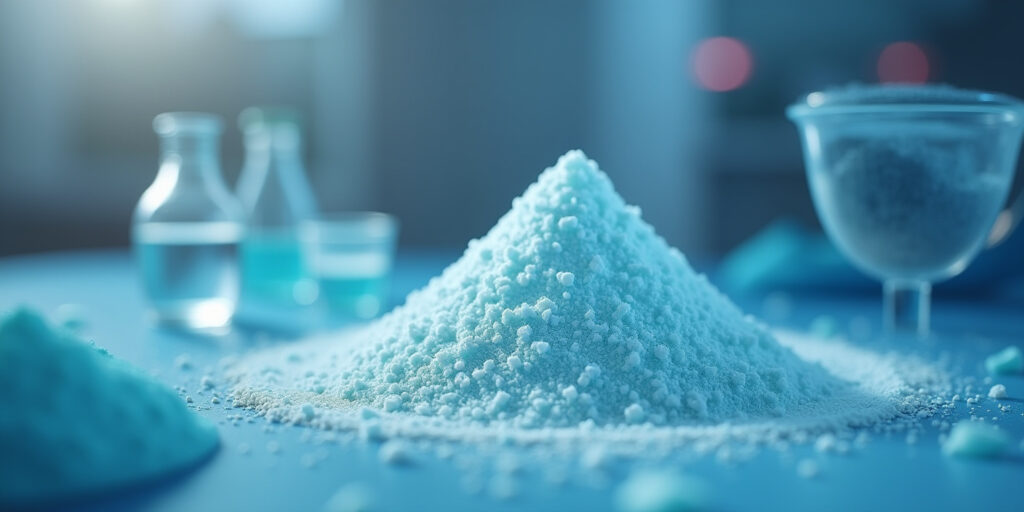
Advantages of Bioactive Glass S53P4 in Osteomyelitis Treatment
- Decreased Infection Risk: S53P4 lowers the risk of reinfection and chronic infection, which are frequent in cases of osteomyelitis, by releasing ions that prevent bacterial development and encourage bone repair.
- Improved Bone Healing: Osteomyelitis frequently causes a large loss of bone. By fostering bone growth and integration with the surrounding tissue, S53P4 aids in the filling of bone defects, accelerating the healing process and lowering the need for additional surgical procedures.
- Biocompatibility: S53P4 is highly biocompatible, meaning it is well-tolerated by the body and causes minimal adverse reactions. It integrates seamlessly with the surrounding tissue, ensuring that the healing process proceeds smoothly.
- Osteoconductive: It supports bone growth and regeneration by providing a scaffold for new bone cells to grow, improving healing and reducing the risk of chronic infection
- Resorbable: Bioactive glass S53P4 gradually resorbs over time as the bone heals, eliminating the need for a second surgical procedure to remove it, making treatment more convenient for patients.
- Reduced Inflammation: Its ion release can reduce inflammation, promoting a healthier healing environment in infected bone tissue.
- Versatility: It can be used in a variety of osteomyelitis cases, whether acute or chronic, and for different types of bone defects, making it a flexible option for treatment.
Challenges and Considerations
Despite its promising benefits, there are some challenges to the widespread use of bioactive glass S53P4 in osteomyelitis treatment:
- Rate of Degradation: While bioactive glass degrades over time, the rate at which it breaks down can vary. In some cases, the degradation rate may need to be optimized to ensure that it releases ions at an appropriate pace, balancing antibacterial effects and bone regeneration.
- Cost and Accessibility: Bioactive glass, especially specialized versions like S53P4, can be expensive. This may limit its availability, particularly in resource-limited settings where the cost of advanced biomaterials might be prohibitive.
Conclusion
Bioactive glass S53P4 offers an exciting new approach to treating osteomyelitis. By combining antimicrobial properties with the ability to stimulate bone regeneration, this innovative material provides a dual-action treatment that not only targets the infection but also promotes healing in the bone. Its use in local drug delivery further enhances its potential as a tool in the battle against chronic and resistant infections. While challenges remain, the growing body of evidence surrounding bioactive glass S53P4 suggests that it could soon become a key player in osteomyelitis treatment, offering patients a more effective and holistic solution to this challenging condition.
As research continues and clinical experience with S53P4 expands, it is clear that this bioactive glass has the potential to significantly improve outcomes for patients suffering from osteomyelitis and other bone-related infections.



